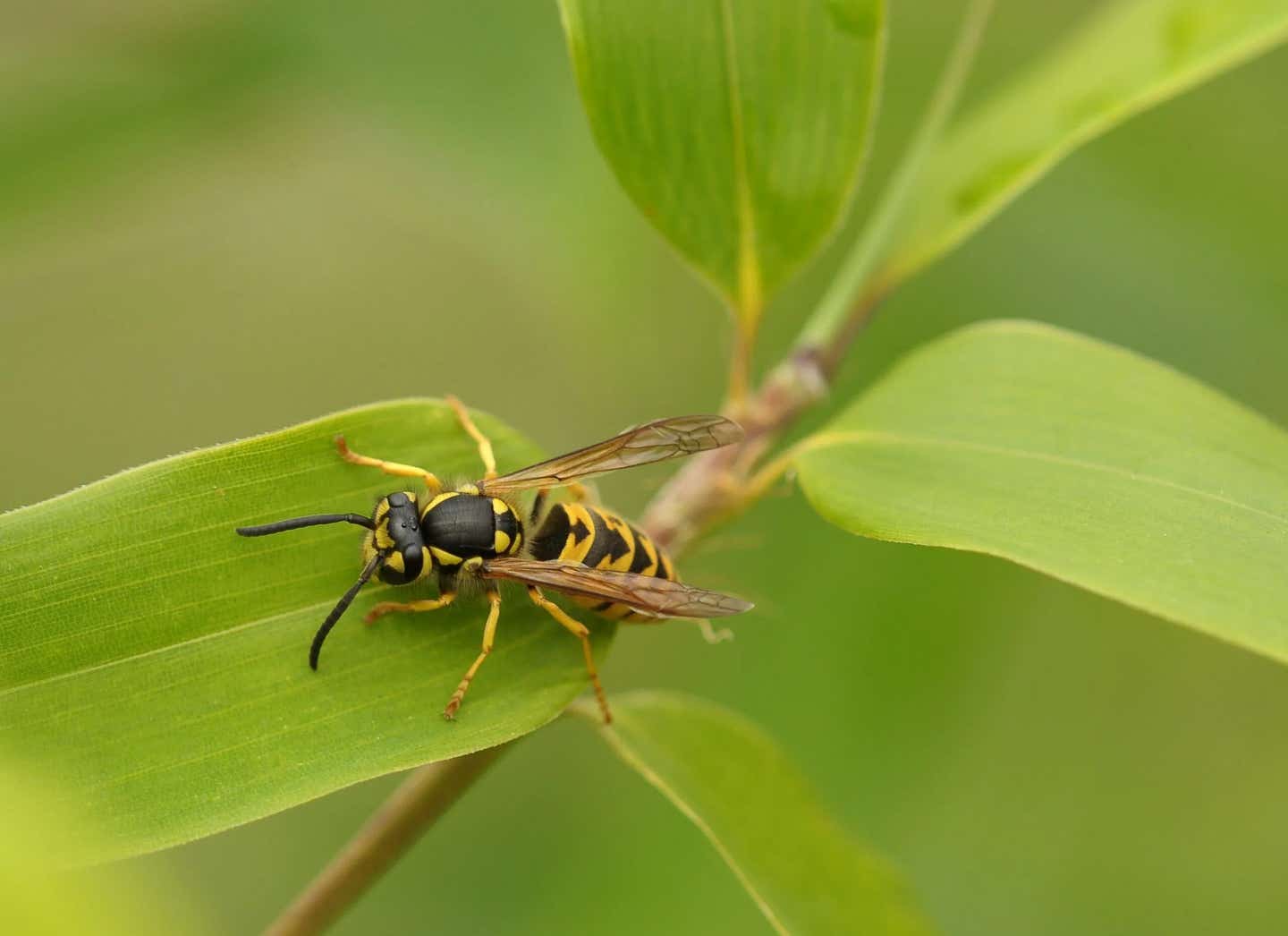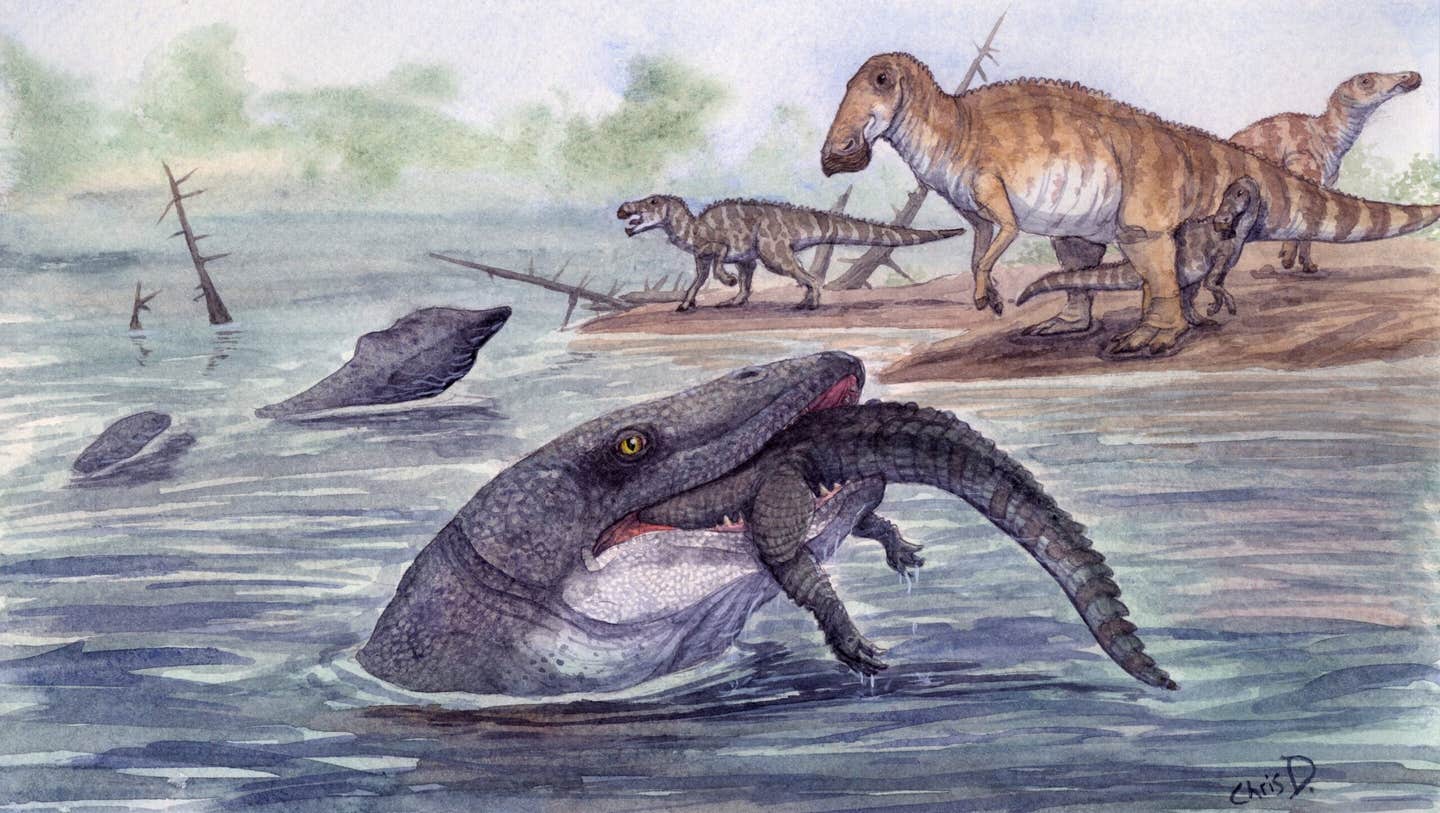Surprising effects of human activity on the unsung heroes of biodiversity: insects
Arthropods characterized by their hard exoskeletons and jointed legs, make up a staggering 84% of all known animal species.

[Jan. 17, 2024: JD Shavit, The Brighter Side of News]
Arthropods characterized by their hard exoskeletons and jointed legs, make up a staggering 84% of all known animal species. (CREDIT: Creative Commons)
Insects and spiders, the often overlooked arthropods, rarely steal the spotlight in our daily lives. We swat them away, ignore their existence, and seldom appreciate their vital role in sustaining ecosystems. However, these creatures, characterized by their hard exoskeletons and jointed legs, make up a staggering 84% of all known animal species.
A recent study published in Scientific Reports sheds light on the often underestimated importance of arthropods in our world and how human activities impact their biodiversity.
Surprisingly, this research also reveals the influence of non-biological factors such as temperature variations and proximity to the ocean on arthropod populations in urban areas.
Biodiversity, the variety of life forms within a specific area, plays a crucial role in the health and resilience of ecosystems. In urban settings, higher biodiversity offers numerous benefits, including improved air quality, reduced flood risk, and even enhanced mental well-being for humans.
Related News
To explore arthropod biodiversity and its related factors in the Los Angeles basin, researchers from the USC Dornsife College of Letters, Arts, and Sciences teamed up with scientists from the Natural History Museum of Los Angeles County's BioSCAN project.
Led by Brian Brown, the entomology curator at the Natural History Museum, BioSCAN is a community science initiative that engages approximately 80 volunteers. These dedicated volunteers assisted in placing small tent-like net structures called Malaise traps in backyards, gardens, and various locations throughout the greater Los Angeles area.
The traps became the collection sites for flying arthropods such as bees, flies, and moths. Additionally, researchers hand-collected spiders from these same locations. Over the course of a year-long project, museum staff meticulously tallied the arthropods collected in each area to determine the diversity of arthropod groups thriving in different environments.
Eric Keller, one of the site hosts, sits in front of his backyard trap, that includes a weather station providing detailed climatological data. (CREDIT: Lisa Gonzalez)
Melissa Guzman, the Gabilan Assistant Professor of Biological Sciences and Quantitative and Computational Biology at USC Dornsife and the lead researcher of the project, stated, "In general, we thought most arthropods would be similarly affected by environmental factors such as land covered by asphalt or concrete and temperature fluctuations over a 24-hour cycle. Instead, we found an unexpectedly large range of responses to factors such as these, both within closely related groups and across different groups."
One surprising revelation was the impact of hard surfaces like concrete and asphalt on various insect populations. While these surfaces increased the diversity of fruit flies in the Drosophilidae family, they seemed to decrease the diversity of crane flies in the Tipuloidea superfamily. On the other hand, the diversity of spiders thrived in areas with extensive hard surfaces.
Spatial interpolation of diversity across the greater Los Angeles area. (a) Projected richness for all combined groups (n = 236 species) is shown using the continuous color map. (b–g) Projected richness is also shown for each individual taxonomic group modelled: Phoridae (n = 108 species), Syrphidae (n = 34 species), Tipuloidea (n = 20 species), Drosophilidae (n = 27 species), Myceotphilidae (n = 23 species), and Araneae (n = 24 species). (CREDIT: Scientific Reports)
Temperature fluctuations also played a significant role in shaping arthropod biodiversity. For instance, the diversity of fungus gnats in the family Mycetophilidae and Syrphidae, a family of bee-like hover flies, declined as temperatures rose. The researchers hypothesize that higher summertime temperatures could lead to the drying up of plants consumed by aphids, a primary food source for many hover flies. Additionally, non-native honeybees tend to forage more extensively in higher temperatures, competing for the same food sources as some hover flies.
Understanding the intricate links between species diversity and factors such as land value, land cover, and temperature fluctuations can provide valuable insights for urban planners and developers. These insights can guide projects aimed at boosting biodiversity, which, in turn, can bring multiple benefits to the residents of Los Angeles.
Within-group predictors of occupancy in Phoridae. 108 species are represented in this group. Each plot is showing the single effect of an environmental variable by keeping the other environmental variables in the same model at their average value from the sampling data. (CREDIT: Scientific Reports)
While the study does have some limitations, such as not accounting for seasonal variations in rainfall and temperature, its findings offer valuable lessons for Angelenos and urban communities alike. Melissa Guzman emphasizes that "prioritizing green areas and reducing the use of pesticides would go a long way." Moreover, urban planners and builders can take a proactive approach by incorporating microhabitats designed to support a greater variety of species.
Although this study focused on the Los Angeles region, the researchers believe that similar results would apply to other comparable communities across western North America. This knowledge can serve as a guiding light for land developers and homeowners, offering them insights into creating environments that foster arthropod biodiversity, thus ensuring the health and vitality of our urban ecosystems.
The research illuminates the intricate relationships between arthropod biodiversity and environmental factors, revealing surprising insights that can inform future urban planning and development. By heeding these lessons, we can take steps toward a greener, more sustainable future for our cities and their tiny yet essential inhabitants.
Note: Materials provided above by the The Brighter Side of News. Content may be edited for style and length.
Like these kind of feel good stories? Get the Brighter Side of News' newsletter.



